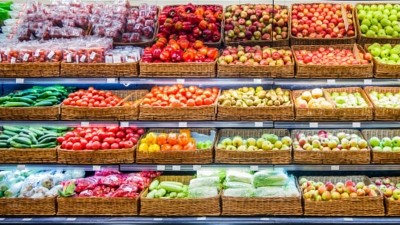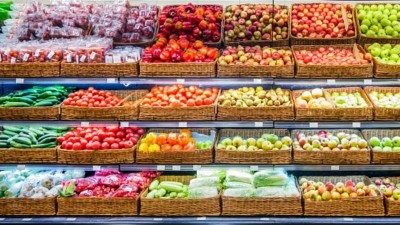Boosting international trade: Philippines seeks food safety gains for exports to reduce recalls

The main method by which the country hopes to implement this is via the development of its own Reference Materials (RMs), in addition to upgrading physical facilities to facilitate further research into this area.
According to the European Union (EU) Science Hub, Reference Materials for Food Analysis are ‘a means [for laboratories] to validate analytical methods and to assess the accuracy of their measurement results,’, and generally fall into two categories: Those for Food composition, micronutrients and authenticity of foods; and those for contaminants, residues and natural toxins.
These materials basically give laboratories a range of matrix combinations to analyse foods for any of the above properties. For example, for toxins, there would be a range to test for aflatoxin M1 in milk powder, or aflatoxins B and G in peanut butter.
This project falls under the purview of the country’s National Metrology Laboratory, which is housed within the Industrial Technology Development Institute (NML-ITDI).
“Referencing is time consuming, requiring skills that need to be learned and honed through the years. [RMs] development has to be matched with appropriate, state of the art – that means very expensive – equipment,” said Dr. Benilda Ebarvia, Head of the Metrology in Chemistry (MiC) Laboratory at NML-ITDI.
“[As such], staff who will be using the equipment and devices [will also] have to be trained on how to use, maintain, and troubleshoot the same.
“[We] aim to develop, soon, the country’s own Certified Reference Materials. […] It may take a long time still, but we will surely get there.”
Despite these challenges, development of these RMs remain a priority, mainly due to concerns over the safety and quality of exported food products, and the resulting damage for the product manufacturers – and country of origin, Philippines - if these result in any recalls.
“What makes [RMs] valuable is how [these support] results of measurement laboratories to ensure that commodities can pass stringent international trade standards on food quality and control,” said ITDI in a formal statement.
“This is because product recalls pose significant economic burdens. When recalls are traced, for example, to high histamine levels (a chemical indication of food spoilage) in canned tuna fish, a public health scare can lead to epidemiological tracking of determinants of the disease conditions.
“[Not only is this] scary, it is also time-consuming, expensive, and damaging to the canned tuna manufacturer. When the scare happens overseas to a Philippine product, it does not only mean refused entry - it could also put the country’s name in the barred list of exporters of unsafe products.”
Reference Materials research
Because the Philippines does not currently have its own RMs to follow or adhere to, local food companies generally use those from foreign sources such as China, Japan, the United States or Thailand.
“RMs are fairly pricey; one material per food product may cost from Php15,000 to Php30,000. Further, these are updated continually,” the institute added.
Under Dr Ebarvia’s leadership, RMs that have been completed in the institute so far include those on trace heavy metals in water (e.g. lead, iron, zinc, etc.), calcium in water, benzoic acid in mango juice, histamine in canned tuna and dried Salinas fish, and sulfite in dried mango.
The development of a further 15 RMs is planned from now until 2021, including for pesticides in fresh fruits and vegetables, drug residues in pork, the antibiotic AMOZ in fish and several more.
In addition to the research itself, facility upgrades are also in progress on two three-storey structures to build up laboratories for the use of RM research and development, production and storage.
Other ITDI efforts to ensure food safety of exported products
In addition to developing RMs, ITDI researchers have also looked at new packaging technology in an attempt to ensure the food quality and safety of the country’s exports.
This tech has been dubbed ‘high barrier packaging technology’ by the Department of Science and Technology (DOST) at ITDI, claiming to minimise the migration of foreign elements into or out of food packets.
“High barrier packaging technology minimises the rate that water vapor, oil, oxygen, aroma, flavour, gas, or light passes [in or out of it, which could] adversely affect [shelf life],” said ITDI.
“The technology [can also] keep the flavour and aroma of [products such as] frozen durian inside the package for at least one year, [and reduce] long-distance transport challenges due to its overpowering aroma.”


















